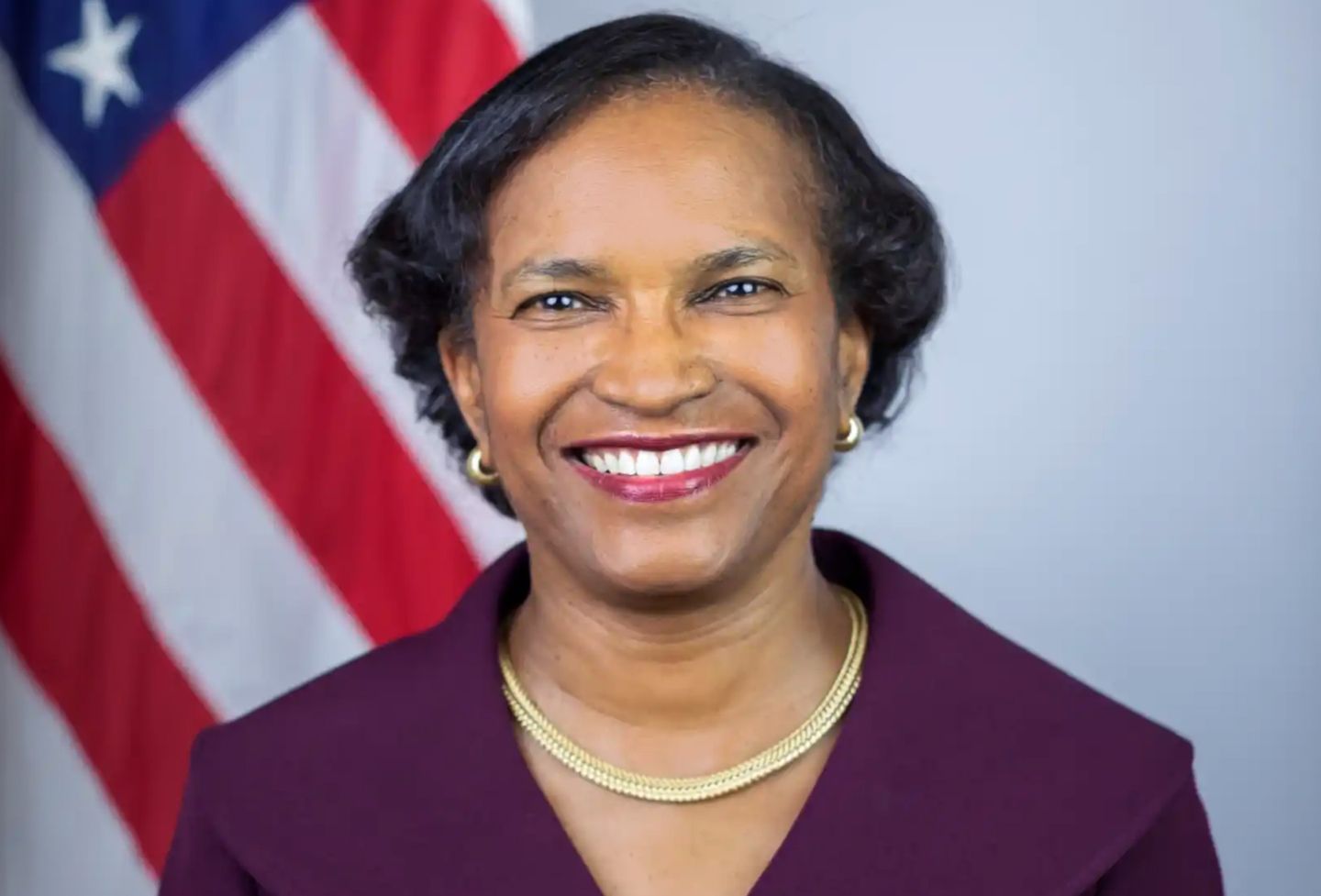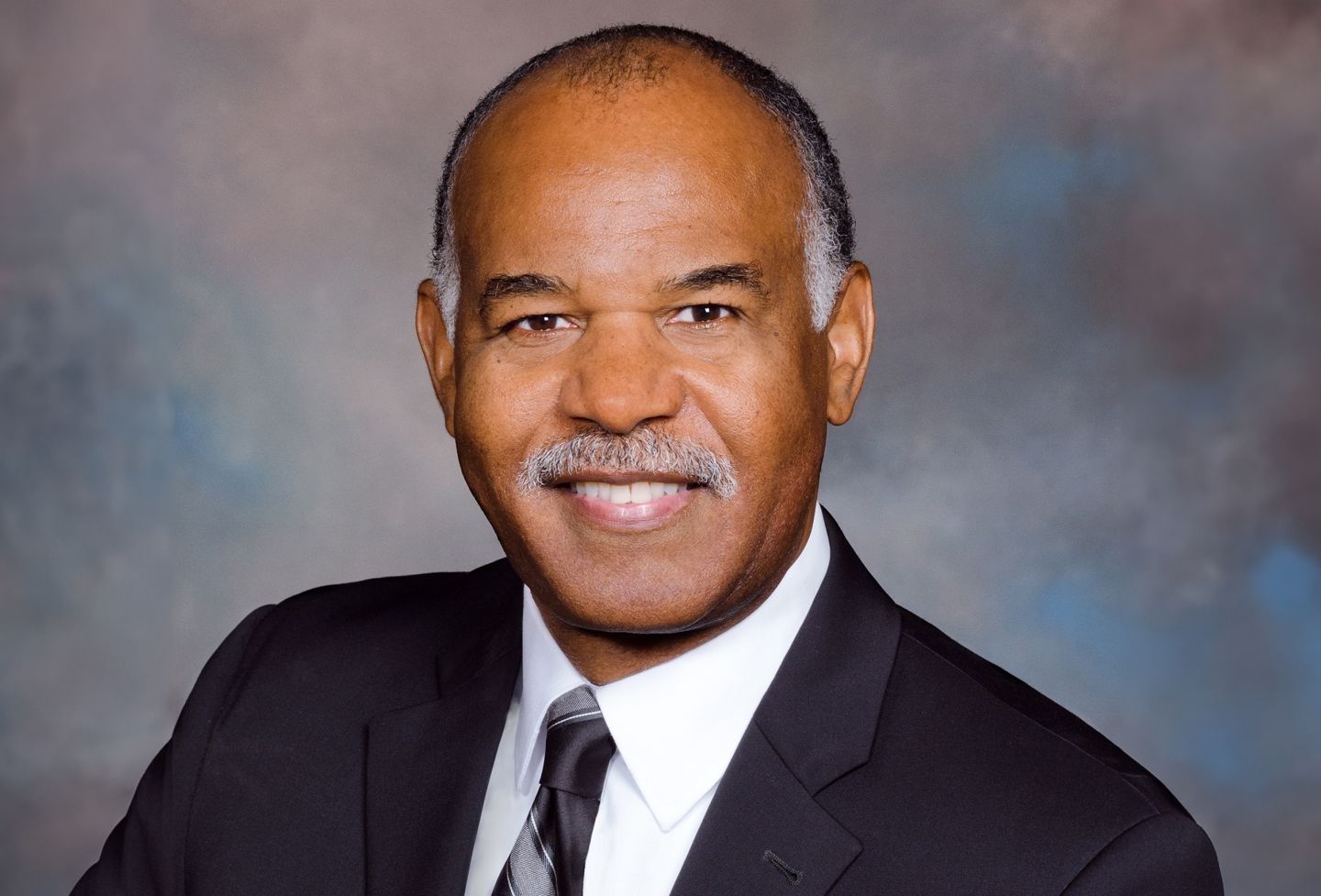Proposed Power Lines Debated at Environmental Law Symposium
Environmental advocates spoke out against towering power lines they hope won’t become the new symbol of rapid development in Northern Virginia, during the Virginia Environmental Law Journal’s Fall Symposium Nov. 2. The proposed Mid-Atlantic National Interest Electric Transmission Corridor designated by the U.S. Department of Energy (DOE) has stirred up controversy in the heart of the fastest-growing region in Virginia, where part of the corridor will be located.
Northern Virginia is located in what the DOE considers a critical congestion area, which runs from the Washington, D.C., area to New York City. The DOE has the authority to designate land for these corridors, allowing utility companies to potentially acquire protected land to use for their transmission facilities. Experts representing a variety of views convened at the symposium to debate the issues that arise from building more high-voltage power lines in the state.
“The construction and maintenance of large steel towers supporting high-voltage transmission lines is likely to violate both the terms and the purpose of a conservation easement,” argued Nancy McLaughlin ’90, a law professor at the University of Utah and an expert on conservation easements.
Easements have become a popular way of conserving land over the past decade, she explained, because they restrict the use of the land in order to protect conservation attributes, such as the soil, open space, or wildlife on the land to benefit the public. But public utilities have been able to exercise the power of eminent domain to take over all or parts of easement-encumbered land, a practice that violates Virginia’s conservation laws.
If easement-protected land is taken for use by a public utility, the Fifth and 14th Amendments ensure that the land owner receives just compensation. Public utilities cannot take the land and say it has no value. If the Constitution is not enforced and land owners aren’t compensated, these lands become very attractive to utilities, McLaughlin explained.
George C. Freeman Jr., an attorney with law firm Hunton & Williams, was one of the principal architects of Virginia’s Open-Space Land Act of 1966. He confirmed McLaughlin’s argument that under Virginia law, easements “on historic property or open space held by a public body under the Virginia Open-Space Land Act cannot be condemned by another state agency or entity or by a public utility.”
The Virginia Outdoors Foundation (VOF) is leading the statewide effort in protecting land in Virginia and combating urban sprawl. Fredrick Fisher, special assistant attorney general and counsel for the VOF, emphasized that the organization’s work involves a large amount of land and money. Their efforts to conserve land are dependent on the principle that those who donate land for easements will not lose land or money due to condemnation. If their land is condemned, land owners must be compensated for their property and land in another location of equal value must be set aside for conservation.
Virginia Governor Tim Kaine opposed the designation of the corridor in Northern Virginia and has asked the DOE to reconsider the decision, according to Nikki Rovner, deputy secretary of natural resources for Virginia. Kaine and his staff charged that the DOE didn’t comply with the federal Energy Policy Act of 2005 when it designated the corridor, because the DOE failed to conduct a congestion study in consultation with the affected states.
The areas surrounding the proposed corridor include historic battlefields and historic sites, forestry and agricultural districts, and the largest concentration of scenic easements in the United States, Lynn Coleman said. Coleman, an energy attorney for law firm Skadden Arps and a member of the board of directors of the Piedmont Environmental Council, showed slides of what the power lines will look like in proportion to the tree line. The new power lines could be up to two times taller than the old power lines and will be visible from the Appalachian Trail and Skyline Drive. Not only will they be an eyesore, they will significantly devalue the land and land owners will bear the cost without compensation, he said.
“This is a highly protected part of the United States,” Coleman said. “Could Dominion think of a worse place to try to build a power line?”
Dominion Virginia Power’s view was articulated by John Smatlak, vice president for electric transmission. Fueled by a continuously growing demand for more energy to power more and larger homes, with larger appliances, and more people, Dominion needs to be able to construct power lines in the corridor to continue to meet demand, he said.
When mapping a new route for power lines, Dominion tries to go where the lines will have the least environmental and social impact, Smatlak said. They conduct a study of the area to evaluate the constraints and other issues that could arise and make sure there are no historic or conservation-protected lands in the path. Then they hold public open houses to hear citizens’ perspectives in a face-to-face setting.
For the proposed line in Northern Virginia, Dominion created a route that does not cross historic land or land encumbered by an easement, he said. “This real-life example portrays how much we respect open-space easements and how we make every reasonable attempt to avoid them,” Smatlak said.
John Echeverria, executive director of the Georgetown Environmental Law and Policy Institute, added that he thought building the new higher-voltage lines down existing power-line infrastructures would cause the least disruption to the public.
“It seems to me that the public is better served by concentrating the impact of transmission lines and thereby minimizing their overall impact by putting new lines where existing lines exist to the extent possible,” he said.
Echeverria proposed that the U.S. secretary of interior should be responsible for designating the location of the power infrastructure.
“Based on her statutory responsibilities and background, the secretary of interior is in the best position to make the delicate balancing required to figure out how to balance the interest and at the same time ensure that we have the necessary transmission services, assuming they in fact are needed.”
Founded in 1819, the University of Virginia School of Law is the second-oldest continuously operating law school in the nation. Consistently ranked among the top law schools, Virginia is a world-renowned training ground for distinguished lawyers and public servants, instilling in them a commitment to leadership, integrity and community service.


